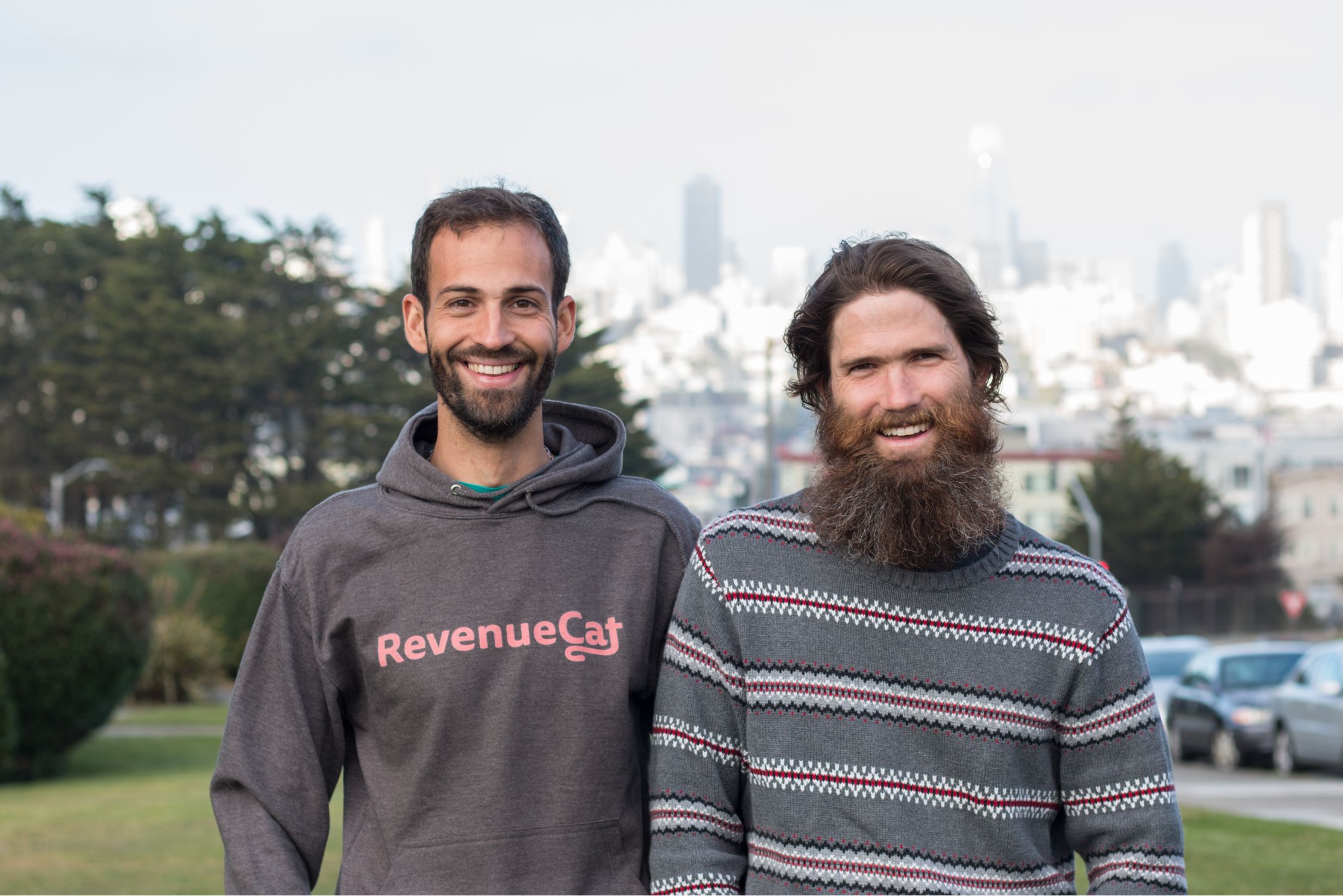Subscriptions are Eating our Smartphones: Announcing our $15M Series A in RevenueCat

Consumers are relying more and more on mobile apps as critical tools in their everyday lives. In 2020, there has been an average of 73 thousand new apps added per month to the iOS and Google Play stores, and the everyday smartphone user interacts with ~30 apps each month.
I am living proof of this trend. On a Sunday earlier this year, I woke up and checked Pillow to assess my quality of sleep, then immediately logged onto Peloton Digital for my morning workout while listening to a summary of The Great Mental Models on Blinkist. Afterward, I sat down to have a coffee and logged into the NY Times app to catch up on any current events I’d missed. Later that afternoon, my partner and I had a facetime check-in with her sister and nephew who was more preoccupied with learning addition and subtraction on Kiddopia than talking to us. By the time I went to sleep, I had interacted with more than 15 apps over the course of my day.
Our reliance on mobile apps will only increase with time. As apps become more entrenched in our lives, their business models are evolving from one-off purchases to ongoing subscriptions. This has created a far more complex mobile payments ecosystem for app developers who need to manage multiple platforms and user types. We saw a similar trend a decade ago when desktop software moved from license fees to subscriptions (think Adobe, MSFT, and other cloud-based solutions); and now apps are following the same business model shift.
As we've seen with the paradigm shift in desktop, businesses need new tools to manage this transition. Zuora built a large public company on the back of the shift from software licenses to subscriptions, and now app developers need new tools to manage their customers. Getting basic information on your user base (How many paid customers do I have? Where are my customers coming from? Are my users likely to renew? Should I charge $3/month or $5/month?) is shockingly difficult.
RevenueCat has solved this problem. Where the only alternative was to hire an army of engineers to build an in-house solution that often created a mountain of technical debt in its wake, there’s now a plug-and-play third-party tool that can do this better and faster. It's similar to what I saw Stripe deliver during my three and a half years there.
What puts RevenueCat in the position to dominate this market? Co-founders Jacob & Miguel have an authentic passion and empathy for app developers. The way that they have established themselves as the app developer source of truth for all App Store changes, incidents, and fixes on Twitter, Reddit, Hacker News, and beyond is remarkable. Having previously built a #1 app in the Apple app store, and also having worked at Apple, they created something they wanted for themselves and their friends in the developer community. The product has spread virally from there.
I’m thrilled to announce today that we’re leading RevenueCat’s $15M Series A alongside friends Josh Buckley, Harry Stebbings, Jason Lemkin, Andrew Maguire, and Nico Wittenborn. As businesses of all shapes and sizes put an increased emphasis on monetizing their mobile presence, harnessing the power of subscriptions data will be key. We’re proud to support RevenueCat in its pursuit to remove the burden of stressing over payments, pricing, and tracking customer behavior off of developers. In turn, allowing them to focus on maximizing revenue, growth, and retention by doing what they do best, building great consumer experiences and products.
Published — Aug. 11, 2020
-

-
